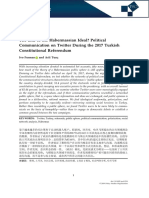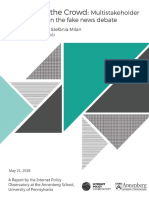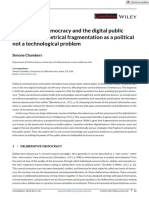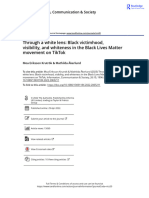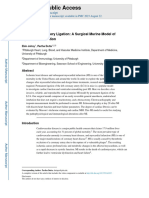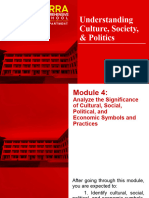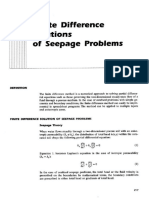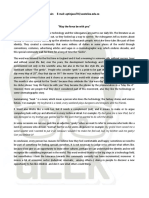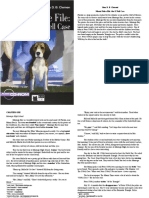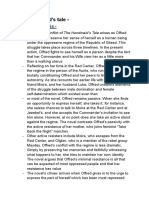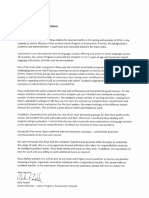0% found this document useful (0 votes)
7 views5 pagesPlatform Society
The essay argues that the platform society complicates the realization of Habermas' ideal public sphere by promoting fragmented, emotionally charged communication, while simultaneously enabling the emergence of counterpublics, as theorized by Fraser. It uses the Black Lives Matter movement as a case study to illustrate how digital platforms can amplify marginalized voices and foster alternative spaces for resistance, despite the constraints imposed by capitalist logics and algorithmic structures. Ultimately, it highlights the need for a rethinking of democratic engagement in the context of contemporary digital communication.
Uploaded by
pomfCopyright
© © All Rights Reserved
We take content rights seriously. If you suspect this is your content, claim it here.
Available Formats
Download as DOCX, PDF, TXT or read online on Scribd
0% found this document useful (0 votes)
7 views5 pagesPlatform Society
The essay argues that the platform society complicates the realization of Habermas' ideal public sphere by promoting fragmented, emotionally charged communication, while simultaneously enabling the emergence of counterpublics, as theorized by Fraser. It uses the Black Lives Matter movement as a case study to illustrate how digital platforms can amplify marginalized voices and foster alternative spaces for resistance, despite the constraints imposed by capitalist logics and algorithmic structures. Ultimately, it highlights the need for a rethinking of democratic engagement in the context of contemporary digital communication.
Uploaded by
pomfCopyright
© © All Rights Reserved
We take content rights seriously. If you suspect this is your content, claim it here.
Available Formats
Download as DOCX, PDF, TXT or read online on Scribd
/ 5






